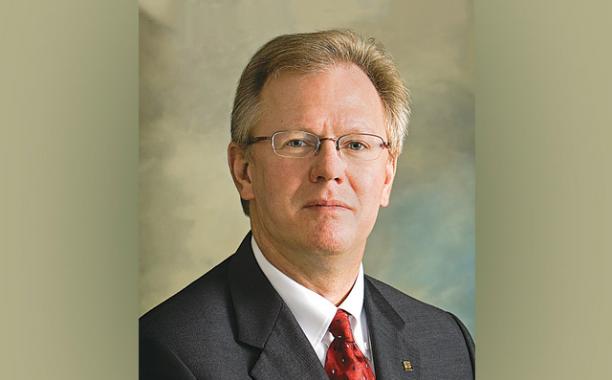
“[We] get a tax credit if we build a lot of wind farms. That’s the only reason to build them. They don’t make sense without the tax credit.”
— Warren Buffett
Billions in tax credits have propped up renewables, enriched corporations
THE WIND INDUSTRY is finally seeing a phase-out of the federal subsidies that have kept it alive over the past several decades. Ending that corporate cronyism is long overdue.
Under programs known as the Production Tax Credit (PTC) and the Investment Tax Credit (ITC), wind developers have reaped billions of dollars in federal giveaways paid for by taxpayers. Essentially, the PTC gives players in the wind industry $23 for every megawatt-hour of electricity produced (increased annually for inflation), while the ITC allows corporations to write off 30 percent of a project’s development cost.
These enormously generous — and fundamentally misguided — government handouts amounted to roughly $6 billion in 2016 alone, according to the U.S. Energy Information Administration. But the federal tax credits are only part of the picture. Robert Bryce, in a 2016 article for the National Review, wrote, “The total value of the subsidies given to the biggest players in the U.S. wind industry is now $176 billion [counting local, state and federal subsidies as well as federal loans and loan guarantees received by companies on the American Wind Energy Association’s board of directors since 2000].”
Such massive special treatment for the wind industry, along with government mandates requiring that renewable energy be included in the energy mix of utility companies, have artificially propped up the wind industry, undoubtedly diverting investments away from fossil fuel and nuclear industries and technologies that actually prevent greenhouse gases from being released into the atmosphere.
The recipients of such government largesse have included some of the largest and wealthiest U.S. and foreign-owned corporations, such as General Electric, Siemens and Warren Buffett’s Berkshire Hathaway. These firms and many others have cashed in on the PTC and ITC to reduce their taxes and bolster their bottom lines.
Buffett, the billionaire famous for his business savvy, offered a frank assessment of wind subsidies while speaking to an audience in Omaha in 2014: “[We] get a tax credit if we build a lot of wind farms. That’s the only reason to build them. They don’t make sense without the tax credit.”
Buffet was right. It doesn’t make sense. In fact, over the past 25 or so years, wind projects have tanked when it appeared Congress would not extend the PTC, then recovered when the program was renewed.
The PTC has been a cash machine for those in the wind business.
Five and out?
IN 2015, CONGRESS finally acted to phase out the PTC and ITC, over five years, with 2015 and 2016 remaining at 100 percent of the tax credit then in effect. The PTC was reduced to 80 percent of its value in 2017; it will be further reduced to 60 percent in 2018 and 40 percent in 2019 before ending completely.
This is good news for those of us who believe that the government should focus on an all-of-the-above energy strategy rather than picking winners and losers. Unfortunately, tax credits will continue to be paid even after the PTC clock runs out. Built into the program is a 10-year payout; so, for example, wind projects that began producing electricity in 2017 will receive tax credits through 2027 — such is the generosity of the federal government.
“Low-carbon energy investments received USD 850 billion last year alone with just 0.1% going to CCUS.”
— International Energy Agency
Many in the wind industry and in government believe that, going forward, technology advances and construction efficiencies will enable the industry to stand on its own, without government support. That remains to be seen. Despite the enormous investments, wind power accounted for just 4.7 percent of the total electricity generated in the United States in 2015, according to the American Wind Energy Association (AWEA).
Wind’s weaknesses remain
THE HIGH COST of wind energy is not the only problem. There are other serious concerns:
- Wind turbines spin only when the wind blows, roughly 35 percent of the time. Sixty-five percent of the time they are non-productive. Back-up fossil fuel systems must remain on standby to fill the gaps. But those base load systems are designed to run continually, not to be taken offline and restarted to fill in for intermittent wind energy. That makes the base load systems more expensive to operate and maintain — and more prone to being permanently shut
down. - The turbines continue to destroy hundreds of thousands of bats and birds annually, including protected species such as bald eagles and golden
eagles. - Many wind power units are taller than the Statue of Liberty. Some have blades as long as a football field. Not everyone is enthralled to have wind turbines spoiling our natural landscapes, and some are fighting back. In December, Cape Wind, which had planned to build 130 offshore wind turbines off the coast of Massachusetts, gave up its 14-year effort due to broad public opposition, including lawsuits claiming the project would harm tourism and
fishing. - Reports of “wind turbine syndrome” caused by low-frequency noise and “flicker” continue to raise questions about the health effects of those living near wind farms. Sleep disruption and headaches are often cited as symptoms, although a recent study even suggests an increase in suicide
rates.
Money better spent
SOME CLIMATE ACTIVISTS and other renewable energy supporters actually believe that wind power can replace fossil fuels. If this were practical, and clearly it is not, imagine the extreme burden on the U.S. economy and taxpayers. In addition to the financial impact is the question of land use. The AWEA estimates that it would take 583,000 onshore wind turbines to totally replace the electricity generated by fossil fuels — more than 10 times the current number of installed wind turbines.
By one estimate, building enough wind farms to replace coal and natural gas power generation — which together account for two-thirds of all U.S. electricity — would require land nearly twice the size of California (Robert Bryce, “The Appalling Delusion of 100 Percent Renewables, Exposed,” Pittsburgh Post-Gazette, July 1, 2017).
U.S. Senator Lamar Alexander (R-TN), writing for the National Review, (“End the Wind Production Tax Credit,” November 17, 2017), calls for terminating the PTC in three years instead of five, and making better use of American taxpayer money: “Imagine what innovation we might unleash if we used the billions wasted on wind energy to invest in research to help our free-enterprise system provide the abundance of cheap, clean, reliable energy we need to power our 21st-century economy.”
On this subject, we are in total agreement with the senator.
The unfortunate truth is that wind farms do not address the basic problem of greenhouse gas emissions. They do not remove any CO2 from industrial processes, transportation, or other sources.
Nations have invested trillions of dollars in industries that emit CO2 — cement kilns, steel mills and aluminum smelters, for example, as well as power plants. They are not about to strand these assets. Factories and automobiles will continue to pump out CO2 no matter how many wind machines are built. To make a real difference, we must find a way to capture CO2 and either convert it into a useful product or permanently store it underground. There are many promising technologies that, with funding that is now wasted on wind farms, could be accelerated toward commercial application. Government handouts from the PTC and ITC would be far better allocated to carbon capture, use and storage (CCUS).
The International Energy Agency continues to urge development of CCUS as essential to meeting climate change goals. But in a recent analysis, the IEA found that “low-carbon energy investments received USD 850 billion last year alone with just 0.1% going to CCUS.”
Washington should lead on this issue and stop playing favorites with wind energy. We need an energy policy that actually reduces greenhouse gas emissions across power generation, industrial processes and other areas of our economy.
Anything else is simply throwing money at the wind.












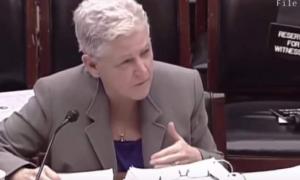
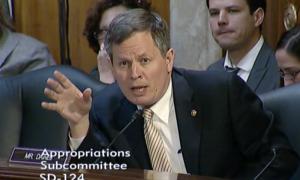
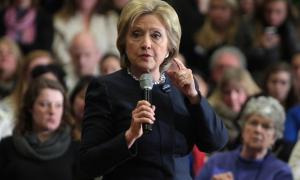
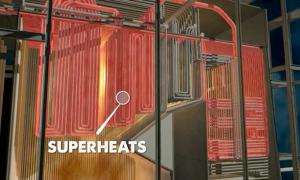
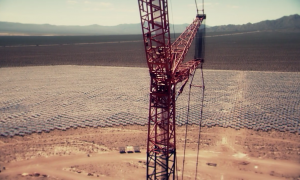
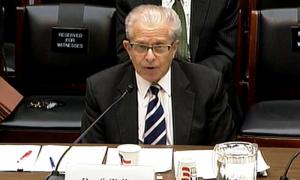
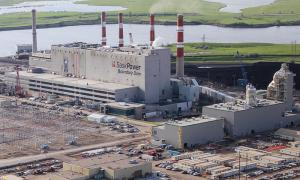
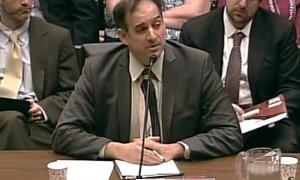
0 Comments